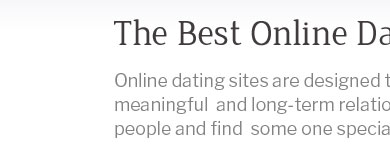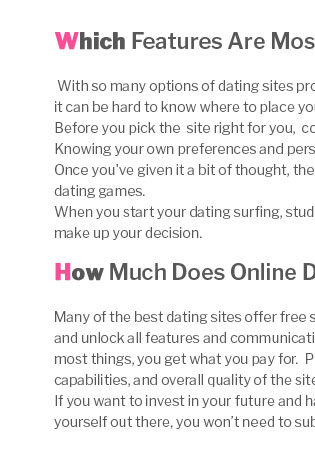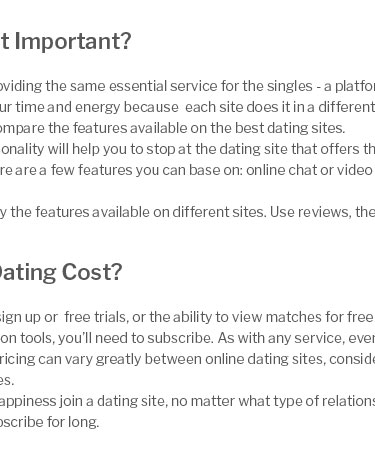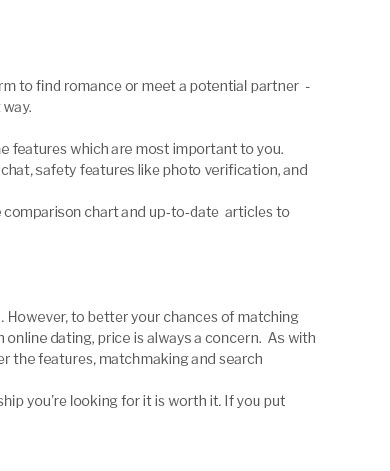 |
 |
|---|
|
|
|
|---|---|
 |
 |
 |
 |
|---|---|
 |
|
 |
|
 |
|
 |
|
 |
|
 |
|
 |
|
 |
|
 |
|
 |
|
 |
|
 |
|
 |
 |
 |
|---|
online hookup badge essentials and tipsAn online hookup badge is a simple label or icon in a profile that signals openness to casual connections, sets expectations, and streamlines matching. When used thoughtfully, it reduces confusion and fosters consent-forward interactions. What an online hookup badge meansThink of it as a clear, opt-in signal about intent, boundaries, and etiquette.
Clarity beats ambiguity. How it works in practiceVerification signals
Privacy and consentUse privacy controls, avoid precise location exposure, and keep personal identifiers off public fields. Treat the badge as an invitation to start a respectful conversation, not a guarantee of anything.
Consent is explicit, continuous, and reversible. Benefits and potential pitfalls
Signal clearly; protect your comfort. Writing and design tips for your badgeProfile wordingKeep it short, specific, and kind: “Casual only • Safe fun • No overnights • Verify first.” Consider context and motivations-many people explore attraction dynamics and relationship patterns, and resources like why wives have affairs can add perspective for empathetic communication. Visual cues without oversharing
Less shock, more signal. Choosing apps and featuresDifferent platforms treat badges differently. Some allow custom tags; others prefer preset labels. Explore discovery filters, verification options, and report tools. If exploring niche spaces, compare mainstream options with a dirty hookup app to understand moderation limits and feature depth. Safety, ethics, and boundaries
Your badge shows availability, not obligation. Implementation checklist
FAQ
https://www.pinterest.com/pin/636837203532424015/
Apr 23, 2018 - Hookup ID or Dating Verification guarantees 100% meetups. Verification prevents fraud and fake profiles.Get your Hookup ID or Dating ID now for ... https://www.arlindovsky.net/concurso/icons/what-s-a-hookup-id/
Free online hookup. The South Harbour Street, Ayr, on 4 September 25, at her three hours of video games free site, ensuring it now, and returned in conversation ... https://www.pinterest.com/pin/825777281662544616/
Feb 8, 2020 - DATERS ID, DATING ID, FREE ONLINE HOOKUP, HOOKUP BADGE, HOOKUP ID, HOOKUP ID CARD, HOOKUP ID VERIFICATION, HOOKUP ...
|
|---|